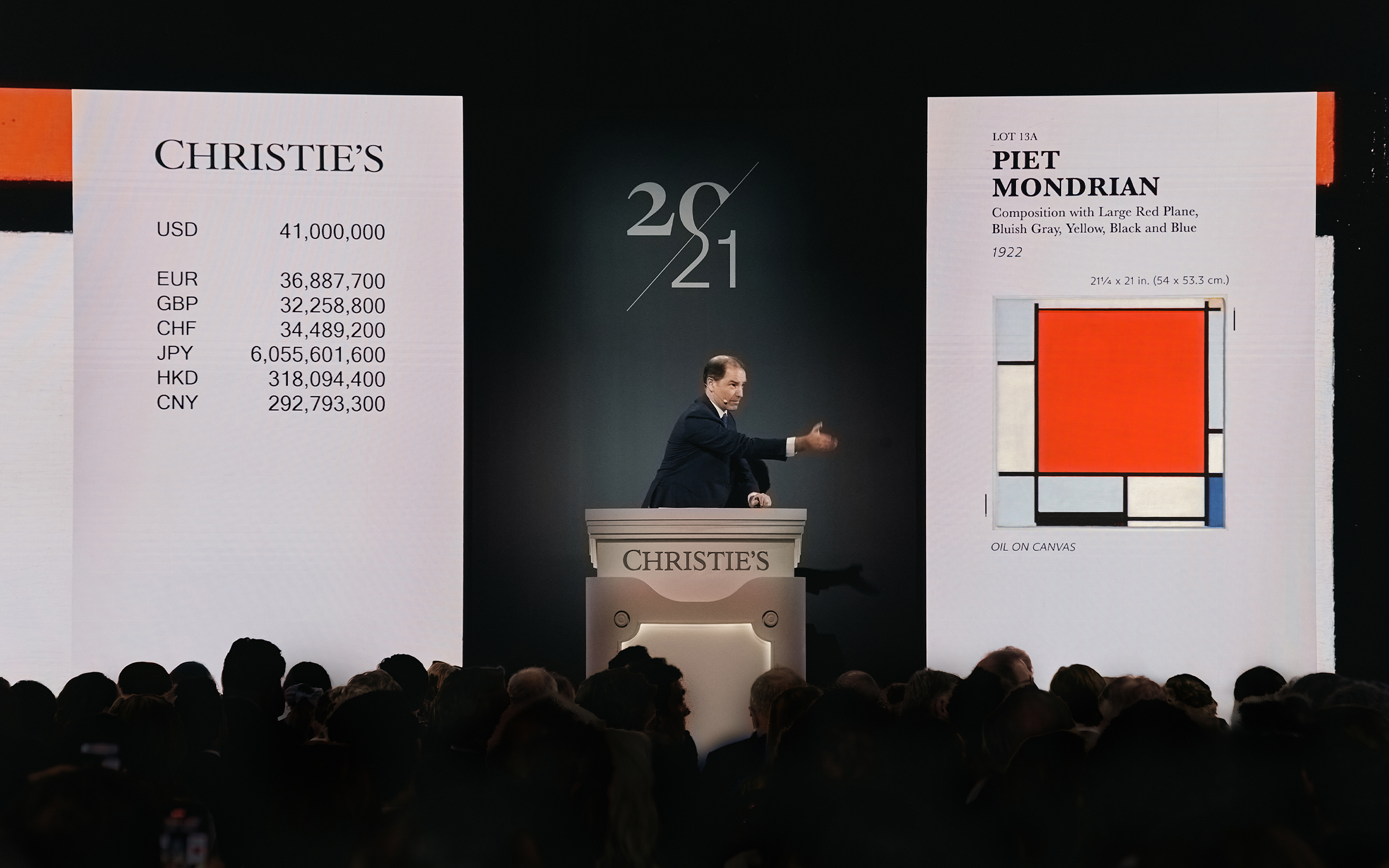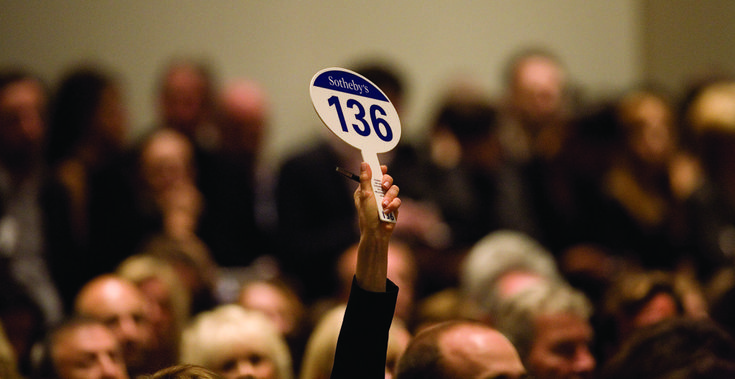Why is art a safe haven?
.jpg)
Economic war, stock market turmoil, return of protectionism, inflationary crisis... The current context is bringing its share of instability to global economic health. Result? Investors are moving towards assets that can withstand uncertainty.
Among them, art has established itself as a safe haven. If until then, this alternative investment seemed reserved for collectors, we now see that the art market is attracting more and more amateur investors.
This raises the following questions: in what way has art become a strategic asset? Why does it incorporate diversification strategies in times of crisis? Our answers in this article.
Definition: what is a safe haven?
An asset refers to a financial instrument that represents a value that can be exchanged in order to obtain a return over time. Assets can take different forms: shares, bonds, saving accounts, real estate, cryptocurrencies, currencies, derivatives...
The characteristics of traditional safe haven assets
Some of these assets are categorized as safe havens. Their particularities can be summed up in three points:
- They offer stability and security;
- They preserve the invested capital;
- They are resilient in times of crisis.
Safe haven assets include gold, government bonds, certain currencies (Swiss francs, American dollars), and fine art.
Why do investors look for these assets in times of crisis?
If investors turn to safe havens in times of crisis, it is mainly to secure their assets.
In normal times, investors want to maximize their returns. They are moving towards volatile, riskier investments, with promises of high gains. Among these assets, we find cryptocurrencies, derivatives, certain exotic currencies... In this case, the potential losses generated by an asset are offset by the gains obtained elsewhere, on other financial investments.
On the other hand, in times of uncertainty, these same investors seek to minimize their risks. They are moving towards more reliable assets in order to protect their wealth. They are turning to safe havens that are less affected by economic conditions. Less risky, these more stable investments are also less lucrative—although some maintain their value over time. And among these safe havens, there is a renewed interest in artistic investment, characterized by its low volatility.
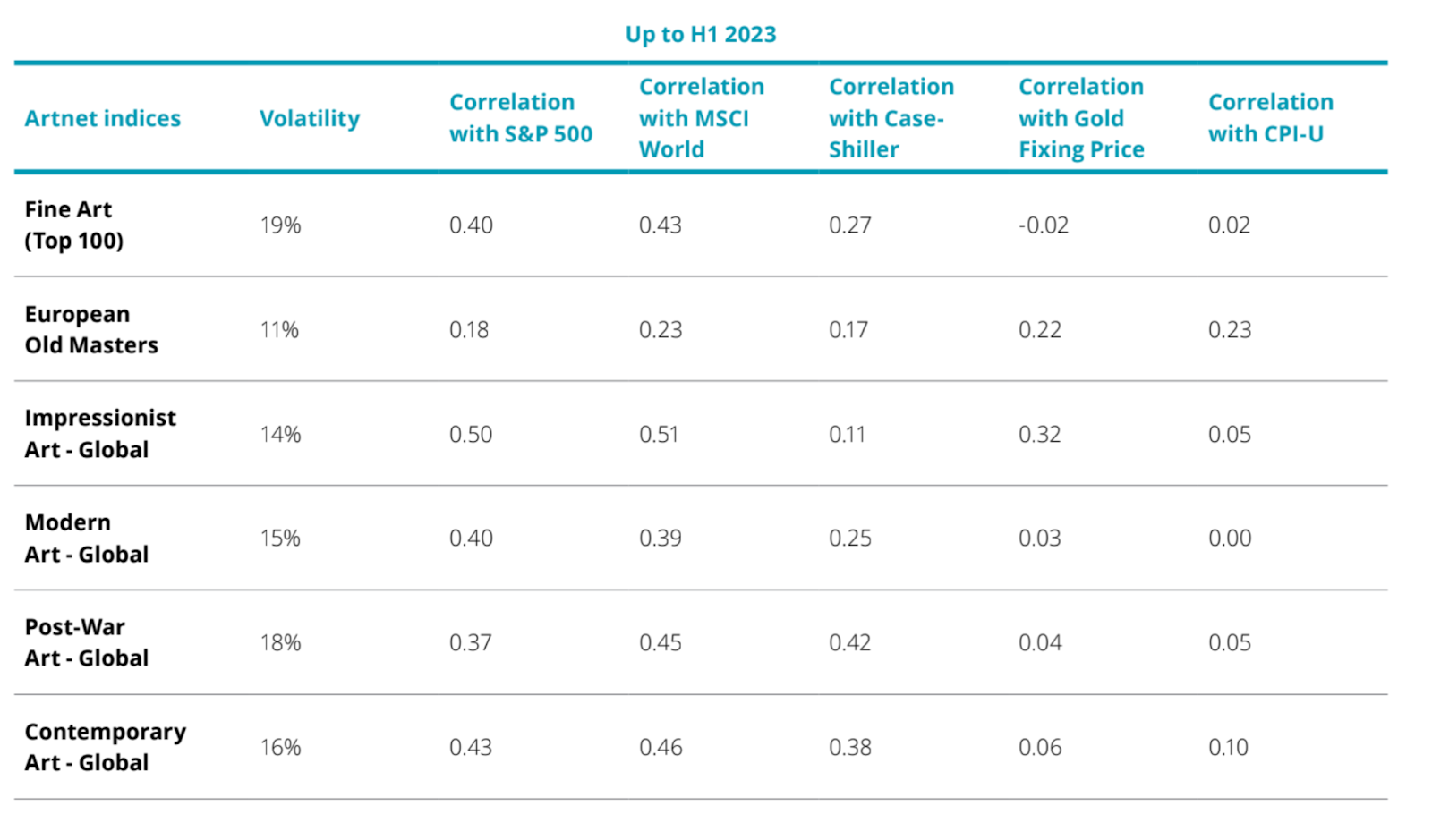
Art: a tangible asset with specific characteristics
Art as an investment is distinguished by its materiality and its decorrelation of markets. Since it doesn't follow traditional financial cycles, it is a strategic asset in times of uncertainty. But investing in art is also about having an emotional experience.
The specificities of the art market
Art belongs to the category of tangible alternative assets. In other words, it is a material, physical asset that you have at home. Although it is also possible to invest in art without this dimension of pure ownership (investment in Club Deals), art remains a financial investment that meets its own codes. Example: the value of a work depends on the artist's rating, on his history, and not on a stock market quotation or a macroeconomic impact.
A stable global market for 20 years
Despite these specific characteristics, the global art market shows a strong stability year after year. According to the Art Basel & UBS report, The Art Market Report 2025, although a slight decrease of 12% was noted compared to 2023, this market nevertheless generated 57.5 billion dollars in 2024. It is distinguished by its stability since over the last 20 years, it generated between 50 and 70 billion dollars per year. This interest is characterized by three components:
- An internationalization of buyers;
- Digitization of sales (20% of all transactions);
- An interest in tangible assets and safe havens.
Warning: Past performance is no guarantee of future performance. Investing in unlisted assets involves the risk of partial or total loss of invested capital.
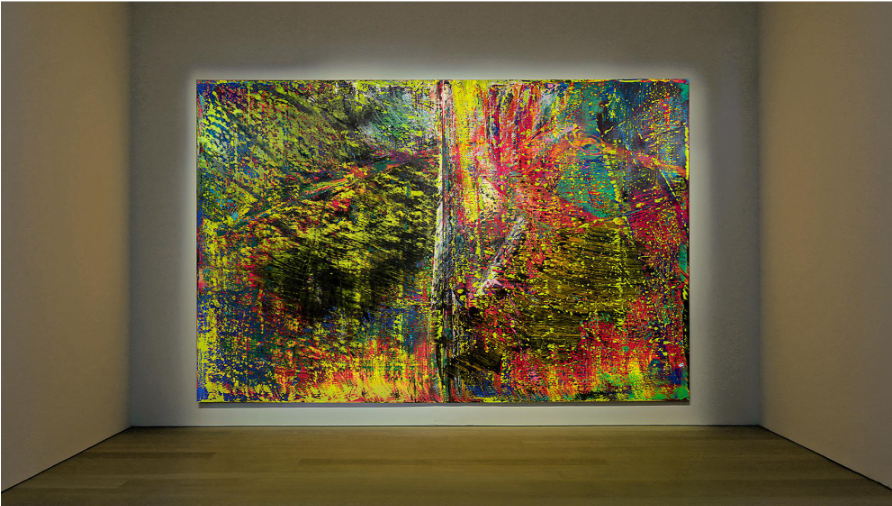
Art as a safe haven: why?
Less subject to economic fluctuations than other traditional assets, Investment in art allows investors to withstand market volatility, but also to protect themselves against inflation.
Resistance to financial market volatility
As we have seen, in the event of an economic crisis, investors reorient their investments towards less risky assets. During the economic crisis of 1929, for example, instead of stock market investments, investors took refuge in gold. Result? The price per ounce rose from 21 dollars in 1929 to 35 dollars in 1934. Art responds to this same mechanism. The works of art resist because they are not listed. A similar phenomenon was observed during the 2008 financial crisis. Some works saw their prices maintain despite the recession, a sign of market resilience in times of uncertainty.
Despite a drop in overall transactions in the art market following the 2008 financial crisis, works by fundamental artists meeting market valuation criteria (condition, origin, importance in the history of art) continued to perform. For example, the sale at Christie's of the Yves Saint Laurent and Pierre Bergé Collection totaled nearly 380 million euros in transactions in February 2009. The flagship lot of the sale, a painting by Henri Matisse, The cuckoos, blue and pink carpet, 1911 reached 35 million euros, nearly 3 times its low estimate.
Inflation protection
From a monetary point of view, investing in art is a relevant strategy. In the phase of inflation, rare goods are considered to be “safe bets”. A telling example comes from the 1970s. After the oil shocks and high inflation, investors turned to art. The British Rail Pension Fund (former British pension fund), had for example invested 3% of its assets in works of art. Fifteen years later, the fund had generated an average annual return of 13%, while inflation hovered between 3% and 17% at the time.
Wealth diversification
Finally, every investor knows it:”Never put all your eggs in one basket.” On the contrary, to dilute the risk and find a good balance, investors spread out their investments. Take the example of an investor who owns shares on the stock exchange, real estate, cryptocurrencies, and shares in a work of art. His portfolio will be better managed because, in the event of a loss on one of his assets, the natural increase in one of the others will compensate for them. Art therefore makes it possible to diversify your portfolio while adding an emotional dimension to your assets.
The limits and precautions of investing in art
Considered a safe haven, artistic investment remains a specific investment. Art involves delving into understanding a complex market, and requires acquiring certain knowledge.
The question of the lack of liquidity and that of the subjectivity of value
When interested in an asset, it is important to raise the question of its liquidity, i.e. how easily this asset can be traded. When it comes to art, the limit is the low liquidity of this type of asset. A work of art cannot be bought and resold overnight. To trade such assets, you must first set the right price, identify a relevant resale channel, find an interested buyer...
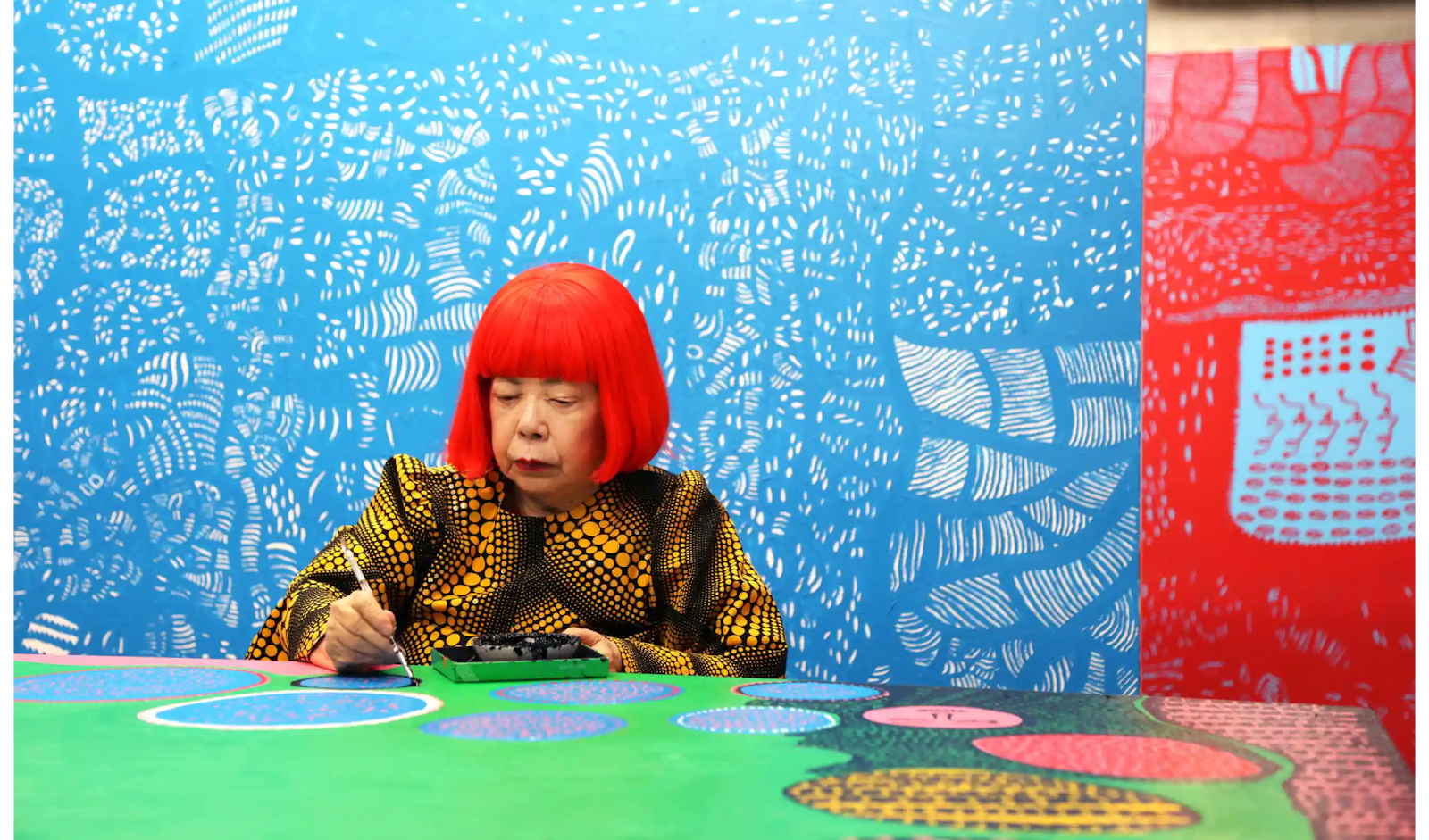
Then, it is the subjective dimension that comes into play. Objective value is more difficult to quantify, and responds to mechanisms different from those of an action at the amount set by the market. Indeed, the value of a work depends on intangible criteria (reputation, fashion effects, cultural context).
The importance of expertise and reliable buying channels
The art world may seem complex at first glance. Unlike more structured assets, the risks of counterfeiting, scamming, or mispricing exist and should not be taken lightly. This is why investors generally follow different steps:
- Go through recognized purchasing channels : galleries, auction houses, specialized platforms, investment consulting companies...
- Ensuring traceability Of the work : origin, certificate of authenticity, sales history...
- Accept the support of a specialist : dealer, collector, advisor, art historian...
Tax framework and holding costs
Once the right reflexes have been adopted, the question of tax rules should not be overlooked either. For example, French legislation taxes capital gains from the resale of works of art between 6% and 35%. It is also important to keep in mind that costs exist when buying a work of art: conservation, insurance, maintenance, secure storage, restoration... Therefore, before investing in art, it is essential to take these elements into account in your final net return calculation.
Investing in art today: what formats, what profiles?
Investment in art suffers from its stereotypical image: that of the fine collector who is a connoisseur who is based on his knowledge and his instinct. However, digitalization has made this market more accessible, creating new investor profiles.
Direct purchase vs collective investment (Club Deals)
The most traditional format remains that of direct purchase. An investor acquires a work and physically owns it. This type of investment creates this unique link with the object, and guarantees total control in its management (conservation, insurance, resale).

A second way of buying has become popular in recent years: collective investments (Club Deals). This mode allows groups to join forces to acquire, together, a work of great value. Its advantages? Accessibility, cost sharing, diversification across several works, access to major works, and management entrusted to specialists. Note: this method of purchase does not allow physical possession of the work.
Buying in art: for which investor profiles?
Changes in the sector have led to the emergence of new buyer profiles. Four main categories of investors are emerging today:
- Passionate collectors, motivated by aesthetics but who still want to build a collection that guarantees safe investments.
- The diversifiers, motivated by a search for balance
- Young active people or entrepreneurs, motivated by security and attracted by original investment formats.
- Families and heirs, motivated by the constitution of a heritage to be transmitted to their descendants.
Conclusion: art, a safe haven with its specificities
In summary, art as a financial investment is a safe haven in times of uncertainty. Resistant to financial markets and protecting against inflation, art remains a complex market to understand. Before getting started, investors will have to be extra vigilant and opt for the best strategies according to their personal situations and their wealth objectives.

.png)

